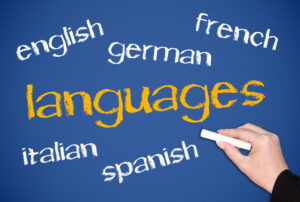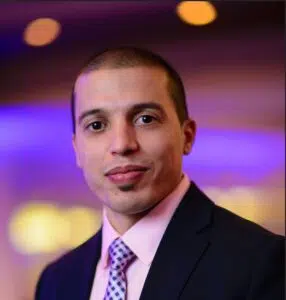
You may be under the impression that linguists know about all of the languages on Earth, but in reality, there are some populations that are so isolated that their languages are completely undocumented. On rare occasions, researchers will discover a new language that no one has ever encountered except for the small group of speakers. In most cases, linguists know of the existence of a language but know virtually nothing about it. In these cases, field linguists must start completely from scratch and attempt to make sense of the language. But how does this happen?
Field linguists’ job is to live among native speakers of the undocumented language and create a catalogue of information about the language, including vocabulary, syntax, morphology, sociolinguistics, and any other linguistic traits of the language. Since a linguist has no way to learn an undocumented language before entering the field, they have to learn the language from scratch.
Linguists have two options when entering this kind of situation. They can learn the lingua franca of the region, or the main or official language that is spoken by most of the population. There is a good chance that at least one speaker of the undocumented language will also speak the main language of the area. This person can help the linguist by interpreting between the language that the linguist understands and the unfamiliar language. This way, the linguist can obtain certain translations and is able to ask questions to an expert in the language. A drawback of this method is the imperfection of interpretation, especially by an inexperienced interpreter.
The second method, which is generally considered more authentic and accurate, is to refrain from speaking any external language. In this case, the linguist in essence remains mute until they learn the very basics of the language, just as a child would. Using this method, linguists can avoid translation errors and erroneous influences from the more popular language of the region. The downside of this strategy is that it is extremely difficult, frustrating, and time consuming. When cataloguing initial vocabulary, linguists often must resort to using physical objects to inquire about the words. Linguists can use these examples to learn about the grammar of the language as well.
For example, a linguist may pick up an apple and make a questioning expression. Then the native speaker might say “hawala.” The linguist can then hold up a red leaf and wait for a translation. If the speaker again says “hawala,” the linguist can assume that “hawala” means something like plant or red. If the leaf has a different name, the linguist can narrow down the meaning of “hawala” to “fruit” or “apple.” Using physical objects, pointing to things, or acting out actions can help a field linguist to accumulate a vocabulary. To study morphology, the linguist can do things like hold up two apples and wait for a word, and then they can hold up three apples and get that word. The linguist can use techniques like this to determine how the language handles plurals, duals, gender, and case.
What would you do if you had to live with people who spoke a language you knew nothing about? What do you think would be the most interesting thing to discover about the language? Let us know what you think in the comments below!
____________________________________________________________________
You may also be interested in the following:
Ebook: Top Ten Tips for Interpreters and Translators
Article: 8 Misconceptions About Translation – Part I of II
Article: The World’s Ten Most Translated Authors
Article: The Human Brain and Language
_____________________________________________________________________






